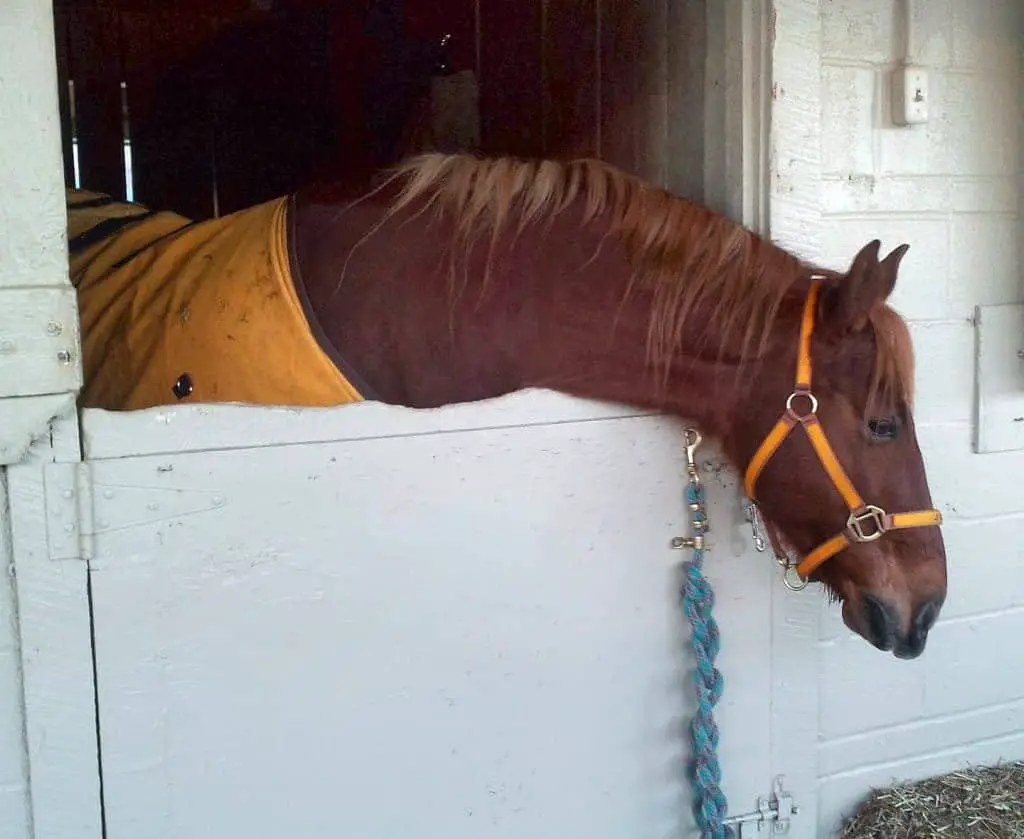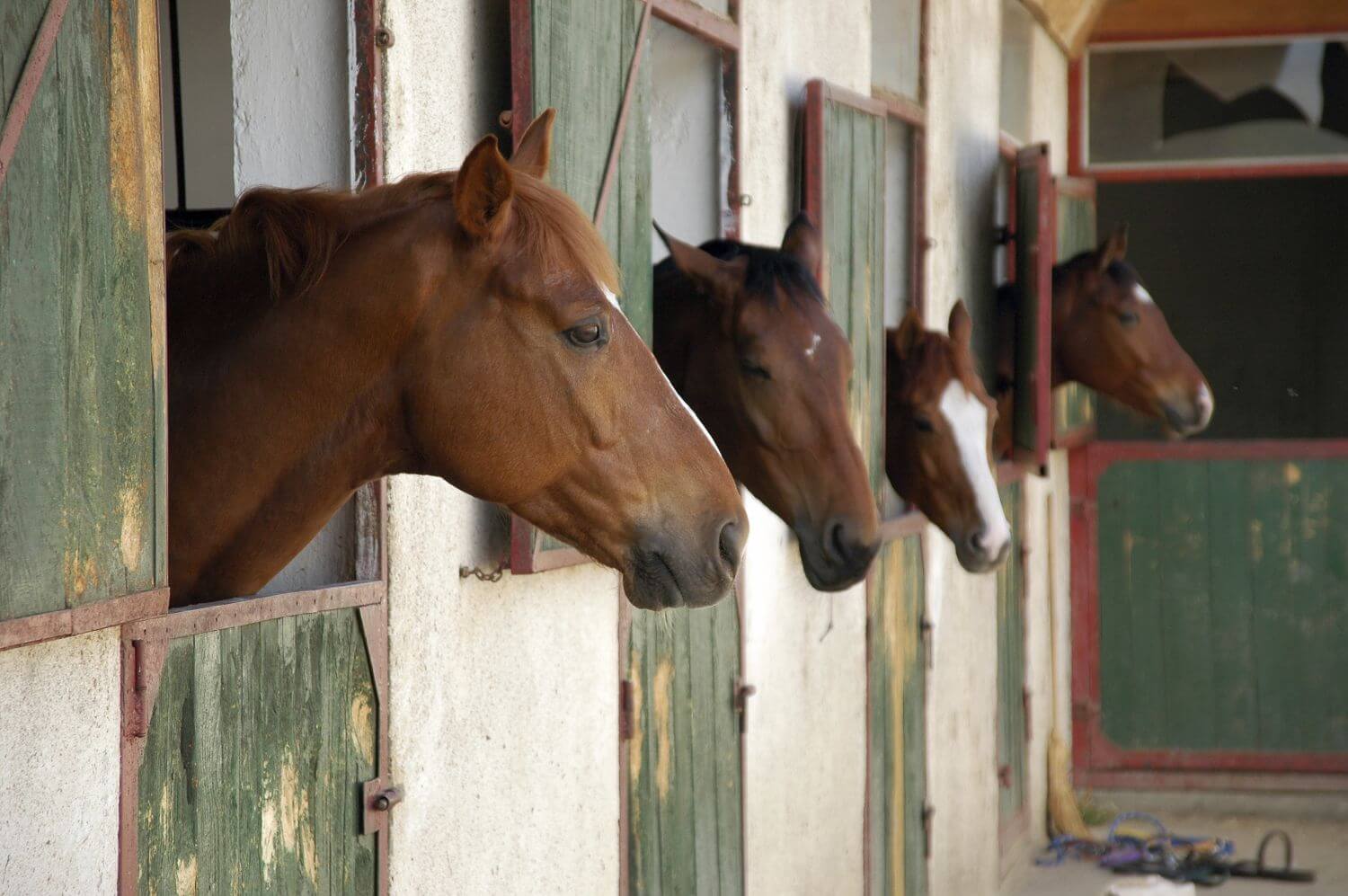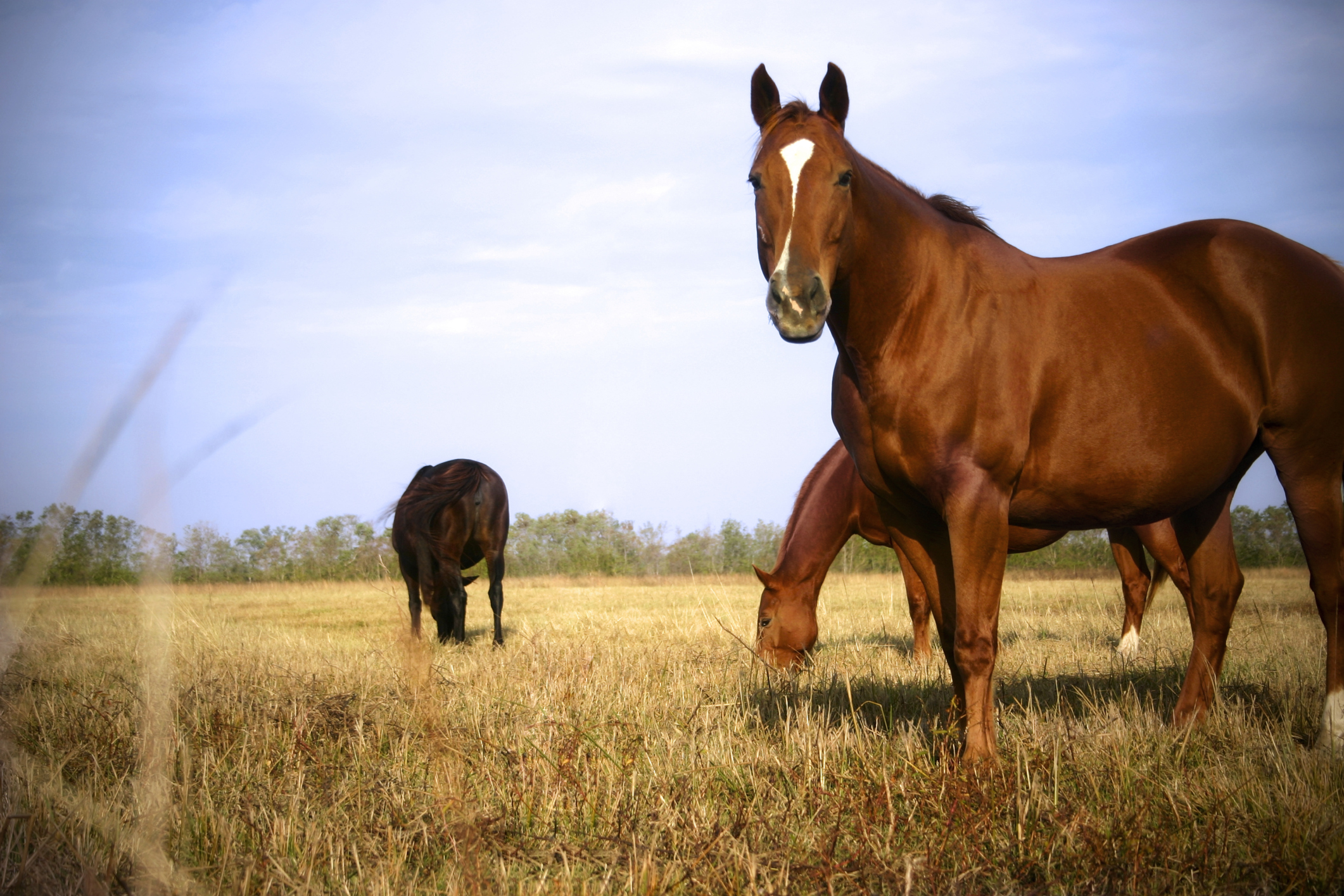Horses are magnificent creatures known for their strength, grace, and beauty. However, some horses develop behaviors that can be concerning to their owners, one of which is “weaving.” Weaving is a repetitive swaying or rocking motion that some horses exhibit while standing in their stalls or in confined spaces. This behavior can be puzzling and worrying for horse owners, and understanding why horses weave is crucial to addressing their welfare and well-being.
What is Weaving?

Weaving, also known as stereotypic weaving, is a repetitive and compulsive behavior displayed by some horses. It involves the horse swaying its body from side to side in a rhythmic motion, often while standing in place. This behavior is often observed in horses that are kept in stalls or confined spaces for extended periods.
Identifying Weaving Behavior
Weaving behavior can be easily identified by observing the horse while it is in its stall or confined area. The horse will exhibit a distinct swaying motion, often shifting its weight from one leg to the other in a rhythmic pattern. This behavior can occur for extended periods and may become more pronounced during times of stress or boredom.
Causes of Weaving
The exact causes of weaving behavior in horses are not fully understood, and it is likely that multiple factors contribute to the development of this behavior. Some of the potential causes and contributing factors include:
Stress and Boredom

Horses are naturally active and social animals that require ample space and social interaction to thrive. When horses are confined to stalls or limited spaces for extended periods without adequate mental and physical stimulation, they can become stressed and bored. Weaving may develop as a coping mechanism for the lack of stimulation and social interaction.
Physical Discomfort
Physical discomfort or pain, such as musculoskeletal issues or gastrointestinal discomfort, can also contribute to the development of weaving behavior in horses. Chronic pain or discomfort can lead horses to adopt repetitive behaviors in an attempt to self-soothe or alleviate their discomfort.
Environmental Factors
The environment in which a horse is kept plays a significant role in its overall well-being. Factors such as inadequate turnout time, limited access to forage, and high-stress environments can contribute to the development of weaving behavior. Additionally, abrupt changes in the horse’s environment or routine can trigger or exacerbate weaving.
Management and Prevention

Addressing weaving behavior in horses requires a comprehensive approach that focuses on addressing the underlying causes and providing an enriched and supportive environment for the horse. Some strategies for managing and preventing weaving behavior include:
Enriched Environment
Providing horses with ample turnout time in a spacious and stimulating environment can help alleviate boredom and reduce the likelihood of weaving behavior. Access to forage, social interaction with other horses, and mental stimulation through toys and enrichment activities can also contribute to a more fulfilling and contented horse.
Regular Exercise and Mental Stimulation
Regular exercise and mental stimulation are essential for maintaining a horse’s physical and psychological well-being. Engaging in activities such as riding, groundwork, and training exercises can help keep horses mentally and physically engaged, reducing the likelihood of developing stereotypic behaviors like weaving.
Addressing Underlying Health Issues
It is crucial to address any underlying health issues or discomfort that may be contributing to the development of weaving behavior. Consulting with a veterinarian or equine health professional to assess and address the horse’s physical well-being is essential in managing and preventing weaving.
Consistent Routine and Environmental Management
Maintaining a consistent and predictable routine for the horse, including feeding, turnout, and exercise schedules, can help reduce stress and anxiety. Additionally, creating a low-stress environment by minimizing sudden changes and providing a calm and predictable atmosphere can contribute to the horse’s overall well-being.
Understanding the Impact on Horse Welfare

It is important for horse owners and caretakers to recognize the impact of weaving behavior on the welfare of the horse. Weaving is often a sign of underlying stress, discomfort, or unmet behavioral needs, and addressing this behavior is crucial in promoting the overall well-being of the horse.
Physical Consequences
The repetitive swaying motion involved in weaving can have physical consequences for the horse, including increased strain on the musculoskeletal system and an elevated risk of injuries. Furthermore, the prolonged periods of standing and weaving can lead to fatigue and discomfort, impacting the horse’s overall physical health.
Psychological Distress
Horses that exhibit weaving behavior may also experience psychological distress due to the underlying factors contributing to this behavior. Chronic stress, boredom, or discomfort can have a negative impact on the horse’s mental well-being, affecting its overall quality of life and behavior.
Seeking Professional Guidance

If a horse is exhibiting weaving behavior, seeking the guidance of equine behavior specialists, veterinarians, and experienced horse trainers can help in developing a tailored management plan for the individual horse. These professionals can conduct thorough assessments to identify underlying causes and provide guidance on implementing effective management strategies.
Curious about horse behavior? Explore our articles on why horses bite, why horses buck, and why horses rear to gain insight into the fascinating world of equine behavior!
Conclusion
In conclusion, weaving behavior in horses is a complex issue that can have significant implications for the welfare and well-being of the horse. Understanding the potential causes of weaving, implementing proactive management strategies, and prioritizing the horse’s physical and psychological needs are essential in addressing and preventing this behavior. By taking a holistic approach to horse care and providing an enriched and supportive environment, horse owners and caretakers can promote the overall welfare of their horses and reduce the likelihood of stereotypic behaviors such as weaving.



